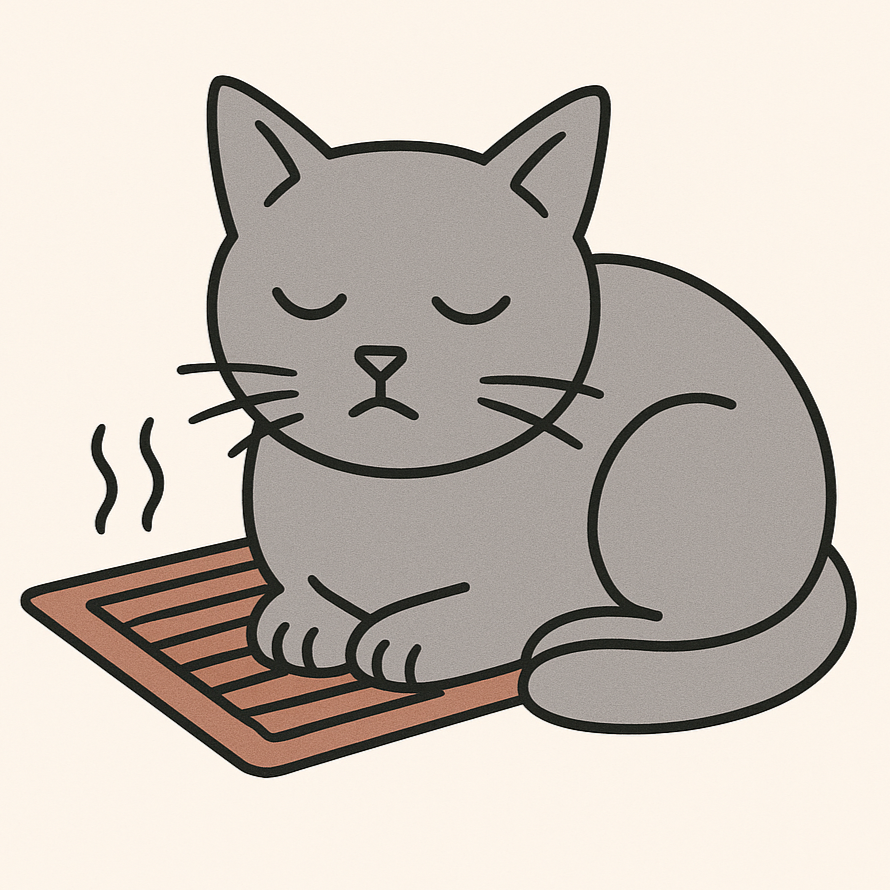How to Recognize if Your Scottish Fold Cat is in Pain
Esme Mango Tango, a black golden shaded female Scottish Fold Short Hair kitten born July 13, 2025. She’s being held gently, showing her creamy golden tones, expressive eyes, and sweet personality.
Cats have a strong survival instinct to mask pain and weakness, making it difficult to detect when they are suffering. Cats are masters at hiding pain. They can endure discomfort for a long time, and by the time the signs become obvious, it may already be serious. That’s why it’s so important to learn how to read your cat’s body language and subtle facial expressions.
Cats may not cry out or show obvious signs of pain, but instead reveal it through small, subtle changes—like altered posture, hiding more often, reduced appetite, or becoming less active.
Common Signs of Pain in Cats
Sitting alone, withdrawn from people and other pets.
Tucking their paws tightly under the body.
Cat is tucking their paws tightly under the body.
Seeking warm spots to relax muscles and sleep.
Cat is seeking warm spots to relax muscles and sleep.
Reduced appetite or refusing food.
Change in grooming habits (either over-grooming one area or stopping grooming).
Avoiding touch or reacting aggressively when handled.
Changes in posture or limping.
The Cat Grimace Scale (Facial Expressions)
Veterinarians often use the Cat Grimace Scale to assess pain levels. Look for changes in:
The cat pain Grimace Scale
Ears – pulled back or flattened.
Eyes – squinting or tightly closed.
Whiskers – pushed forward or pulled flat against the face.
Muzzle – tense or drawn back.
Head position – lowered or tucked in.
When to Call a Veterinarian?
Seek veterinary help if you notice:
Persistent signs of discomfort lasting more than a few hours.
Refusal to eat or drink.
Difficulty moving, jumping, or using the litter box.
Sudden hiding or aggressive behavior.
Rapid breathing, open-mouth breathing, or crying.
Remember: early recognition saves lives. Cats rarely complain, but their body language tells the truth.
When in doubt, always consult your veterinarian. Even small changes in your cat’s behavior can signal something serious. If you notice signs of pain or discomfort, don’t wait—reach out to a trusted veterinary clinic right away. For your convenience, I’ve included links to recommended local vet clinics near NE Philadelphia, PA.




